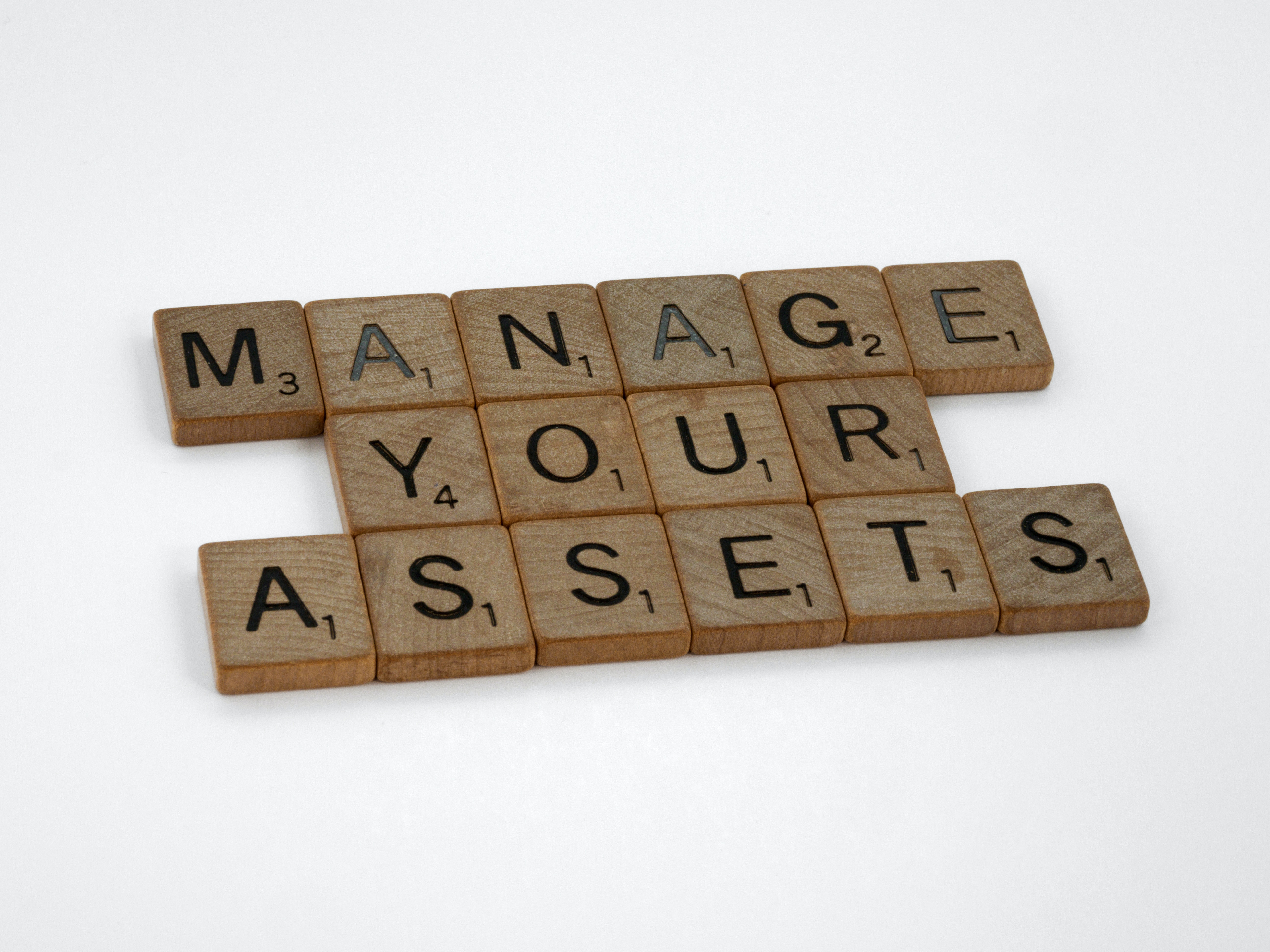What Is Working Capital for a Small Business?

Even if you do not own and operate your own small business, you have likely heard the phrase "small businesses are the backbone of the economy." Those who do own their own business understand why that is because, in the United States, small businesses account for nearly 48% of jobs and contribute 43.5 % of the national Gross Domestic Product (GDP). As a small business owner, you may or may not understand the complexity and difficulty associated with acquiring the proper working capital to get the company off the ground, let alone to keep it running. So let’s quickly explain the concept. Working capital is the amount of money your business has available after subtracting the expenses from the revenue. In other terms, it is the difference between your company’s current assets and liabilities.
Our passionate team at Backd is well-versed in these issues and has written this blog to serve as a helpful guide to answer questions on working capital for small businesses.
Why Is Working Capital Important for a Small Business?
From the first day of operation for a small business, working capital makes itself known as a vital portion of the business. Understanding what assets you have available to pay off those short-term debts related to the operation of the business can decide whether you flourish or struggle. If you are consistently operating with a negative working capital (more liabilities than assets), it will be only a matter of time before it is time to shut down. So what are the key assets and liabilities that small business owners should be looking out for? For assets, there are accounts receivable, inventory, checkings and/or savings accounts, and stocks/other investments. Common liabilities are rent, taxes, accounts payable, and costs to buy supplies and materials.
It is incredibly vital that a small business keep these sides of the balance sheet, well... balanced. This can be easier said than done as it is common for small businesses to have the owner perform all the major financial duties as well. The best place to start is by understanding how to calculate your working capital.
How Much Working Capital Does a Small Business Need?
Unfortunately, if you came here looking for a simple single percentage that every business should shoot for, you won't find that here. The needs of your business will vary from one another. In order to run a business, there are certain working capital requirements that you will need to meet beforehand. The amount of working capital that a small business will need primarily comes down to a few key aspects.
Business Type: If your business has more physical inventory will typically require more working capital to operate on a day-to-day basis. Retail or brick-and-mortar stores are the most obvious examples of companies that need more working capital up-front.
Operating Cycle: In a perfect world, your business would be able to pay off all or most of its short-term debts with sales revenue. If selling a product or service is a relatively quick process, then less working capital is needed. However, if an average sale takes several months to achieve, it would be a good idea to have more working capital handy to keep the business running smoothly.
Goals: The goals of management or the owner will also have a significant impact on the amount of working capital the business needs. The newer a company is, the more likely that expansion and growth will be high goals to reach. This means more working capital will be acquired to hit milestones towards that goal.
The startup costs for a small business can be incredibly difficult to navigate, and at the end of the day, working capital is a fair representation of how well a business is performing. For small businesses especially, having your assets outweigh your liabilities early on will often lead you down a path of success as your business grows. That is where Backd offers the best kind of support.
How Do I Calculate My Working Capital?
The fantastic news is that you do not need to be an expert accountant to figure out your current working capital. The formula is straightforward as you need to subtract all of your existing assets from your current liabilities.
Example: $250,000 of Current Assets - $110,000 of Current Liabilities = $140,000 of Working Capital
The average operating expenses for a small business will vary, as we have mentioned at length already. Don't worry, this is not an aspect of business operation that you have to do alone. Organizations like Backd are here to walk you through the entire process.
Backd: Your Partner in Working Capital
At Backd, we want to give every small business the chance to succeed. Our application process was tailor-made to make the act of acquiring additional funding for areas like working capital a breeze.
You start by selecting the amount you are looking for.
Next, you inform us what you intend to use the money for.
Then select the range for the annual revenue of the business.
After these steps, you will fill out some personal details, and BAM, you are right on track to getting the funding you deserve.
